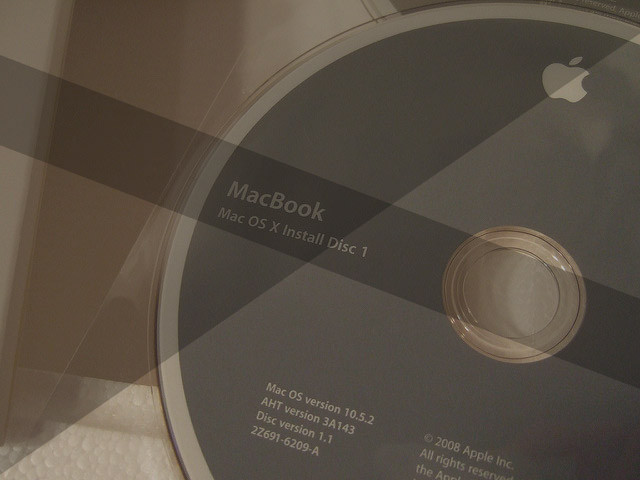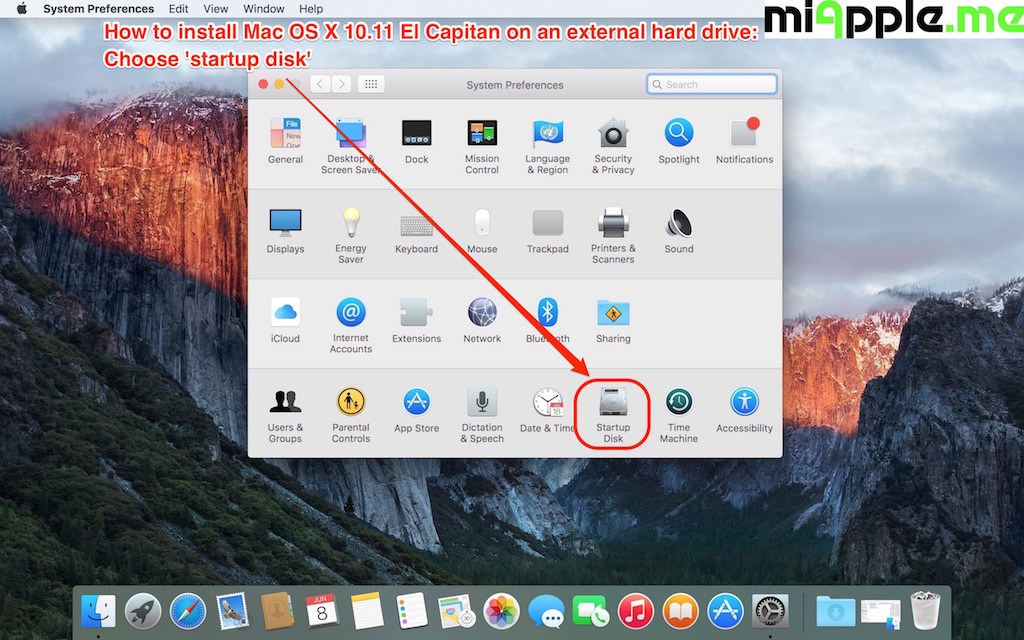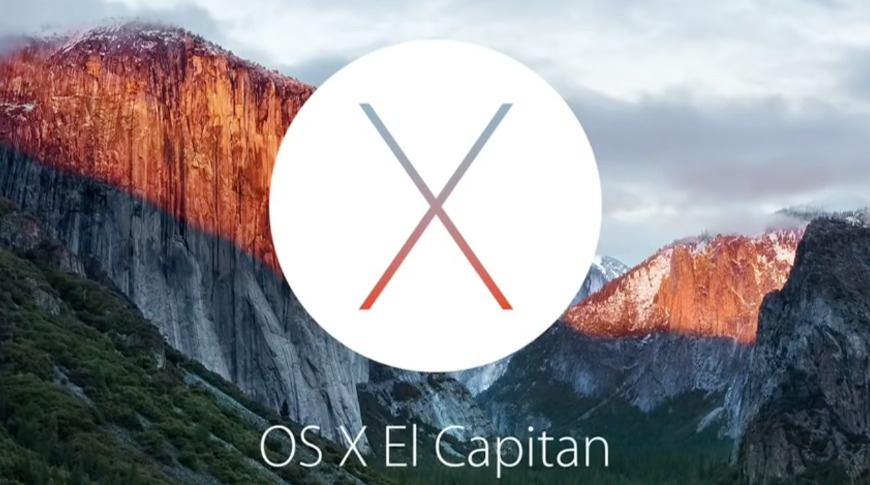The 2015 release Mac OS X El Capitan 10.11.6 aims primarily at providing greater safety, efficiency, and reliability. This Mac OS X release is a full package for stability, privacy, performance and file search simultaneously. Many technological improvements along with improved tweaks are made and the desktop is more smartly organized. Select I will install the operating system later and click Next. Now select Apple Mac OS X from operating system then select OS X 10.11 from version and click Next. Name the virtual machine then select a location to install and click Next. May 25, 2018 Mac OS X El Capitan 10.11.1 InstallESD DMG free download standalone offline setup for Windows 32-bit and 64-bit. The macOS X El Capitan 10.11.1 is a powerful application providing stability, compatibility and the security of the Mac along with different updates and enhancements. Audi a8 mmi 2g software update. Install Os X El Capitan 10.11.1.dmg.
Sep 18, 2017 Download Mac OS X Mountain Lion 10.8.3 DMG free standalone complete image for 32-bit and 64-bit. Mac OS X Mountain Lion V10.8.3 is a very powerful and reliable Macintosh Operating System for all the users. Mac OS X Mountain Lion 10.8.3 DMG Overview. MAC OS X is a powerful and the most operating system for your Apple device. Mar 25, 2019 Mac OS X El Capitan 10.11.1 InstallESD DMG Download Category(Operating System)Mac OS X El Capitan 10.11.1 InstallESD DMG Download Latest For Mac. Its full bootable ISO image of Mac OS X El Capitan InstallESD DMG For AMD & intel. Jan 24, 2018 To get the OS X 10.11 – El Capital InstallESD.DMG, go to Application — right mouse on OS X El Capitan — select Show Package Contents — Content — SharedSupport. Download Mac OS X 10.11 – El Capitan. Jun 11, 2015 Make a bootable usb flash drive to install Panther OS X, Tiger OSX, Leopard OSX, Snow Leopard OSX, Lion OSX, Mountain Lion OSX, Mavericks OSX.
Contents
- 2. El Capitan Features
- 3. El Capitan Download & Install
- 4. OS X 10.11 Problems
- 5. Mac OS X 10.11 Tips
- 6. Software for OS X 10.11
- 7. Compare OS
Mac OS X El Capitan can be downloaded directly from the Apple website. The Beta version of the OS is available but the final version will be made available towards the Autumn season of 2015 as speculated by many Apple users. You can use your older Mac OS with the new El Capitan, all you have to do is to create a different partition for the new El Capitan if you have the Yosemite already installed. There are few steps you should consider in downloading the latest El Capitan and these are as follow.
Part 1. Preparing Mac Device for the Installation of Mac OS X El Capitan
Both Mavericks and Yosemite are easier to download and install on Mac devices, however, this is not the case with Mac OS X El Capitan. Just before you install the new Mac OS X El Capitan, you must perform few tasks to ensure that your Mac will be ready for the installation of the software:
- Check Your Mac - Check whether your Mac will be able to run the new OS X 10.11. Apple has provided a list of the Mac supported by the new Mac OS X El Capitan and if you are already running the Mavericks or Yosemite, the same lists may also apply to the El Capitan. You can also check this list on the “Will your Mac run Mac OS X” article on Apple website.
- Create Enough Space - Check that your Mac has sufficient RAM to run the software. You wouldn’t run into any hitches if your Mac device is listed on the acceptable Mac devices for Mac OS X El Capitan. Apple recommend that you have a minimum RAM of 2G, however, a minimum of 4G space of RAM is highly recommended. You will also need to delete some unnecessary files to create more space for the installation of El Capitan.
- Check Hard Drive Space - Make sure you have sufficient hard drive space for the installation of Mac OS X El Capitan. Yosemite will normally require a Hard drive space of up to 5GB , but the new El Capitan will require between 15g and 20gb of space on your hard drive for successful download and installation.
- Register - Register to access the Mac Apple store. You need to upgrade your Mac and get access to Mac Apple store for a small fee in order to get the most out of your Mac OS X El Capitan.
- Updates - Make sure your third party Apps are updated before installing Mac OS X El Capitan. You can simply launch App store and click on “Updates” on the tool bar if you want to update the apps you bought from Apple store. For other third party apps, you may need some manual updates from manufacturer websites to complete such updates.
- Backup Your Mac - Perform a backup before downloading and installing Mac OS X El Capitan- you need to protect your important documents and files, thus you may have to back them up somewhere before starting the download and installation process.
Part 2. Installing Mac OS X El Capitan Safely on Your Mac Device
You can install or upgrade to Mac OS X El Capitan as a dual boot partition. You may be able to download a test version if you register for the OS X Seed program from Apple, and you can also provide a feedback to Apple in order for the company to update the software before it is finally released. You can follow these instructions to install the Beta version of Mac OS X El Capitan. It is strictly recommended that you perform a backup before you begin this process. It is important you keep in mind that Mac OS X El Capitan is still in a Beta format, thus , not all your apps or programs will work on it.
- Visit the Apple Beta software program page and log unto the page using your Apple ID. Simply click on “Enroll your Mac”.
- Click on the download link that shows up, and enter the personal redemption code given to you.
- Open the downloaded Mac OS X El Capitan software and preview the file in the Applications folder. Click “Continue” and then select “Agree”.
- Click on “Install” and then enter your admin password. You're all set!
Part 3. Installing Mac OS X El Capitan Safely on an External Drive
You don’t have to install Mac OS X El Capitan on your Mac device, you can also install it on an external hard drive, most especially when you want to access the OS quickly. You can consider Thunderbolt drives which are similar to the internal drives on Mac, or you can simply use the USB 3.0 external drive if you don’t have the Thunderbolt on your Mac. Mac os x 10.4 11 dmg. You will have to format an external drive before installing Mac OS X El Capitan, this will help to install the Mac OS X El Capitan safely on the hard drive and at the same time the configuration of your device will not be changed.
 Step 1. Launch Disk Utility
Step 1. Launch Disk UtilityConnect the external drive to your Mac device and make sure it is detected. Launch the Disk Utility tool ( go to “Utilities” and you will find it there). Choose the drive- it is located at the side bar.
Step 2. PartitionSimply click on “Partition”. Make sure the partition layout reads “1 partition”. Name the partition. You can use a name like “Mac OS X El Capitan”. Click on “Options” and ensure that the Guide partition table is chosen, and then click on “Ok”.
Step 3. Options
How To Install Os X 10.11 From Dmg Separate Drive Mac Desktop

Click “Apply'. Open the preview file from your Mac’s application folder. Click on “Continue”. Click on the “Agree” button.
Step 4. OpenClick on “Show all disks”. Simply highlight the “External Hard Drive” on which you have just install the Mac OS X El Capitan
Step 5. InstallClick on “Install”, and enter the admin password.
Setting Up A Database
Rails ships with sqlite3 as the default database. Chances are you won't want to use it because it's stored as a simple file on disk. You'll probably want something more robust like MySQL or PostgreSQL.
There is a lot of documentation on both, so you can just pick one that seems like you'll be more comfortable with.

If you're new to Ruby on Rails or databases in general, I strongly recommend setting up PostgreSQL.
If you're coming from PHP, you may already be familiar with MySQL.
Install Mac Os X 10.11 El Capitan
MySQL
You can install MySQL server and client from Homebrew:
Install Mac Os X 10.11
Once this command is finished, it gives you a couple commands to run. Follow the instructions and run them:
By default the mysql user is root with no password.
When you're finished, you can skip to the Final Steps.
PostgreSQL
You can install PostgreSQL server and client from Homebrew:
Once this command is finished, it gives you a couple commands to run. Follow the instructions and run them:
By default the postgresql user is your current OS X username with no password. For example, my OS X user is named chris so I can login to postgresql with that username.